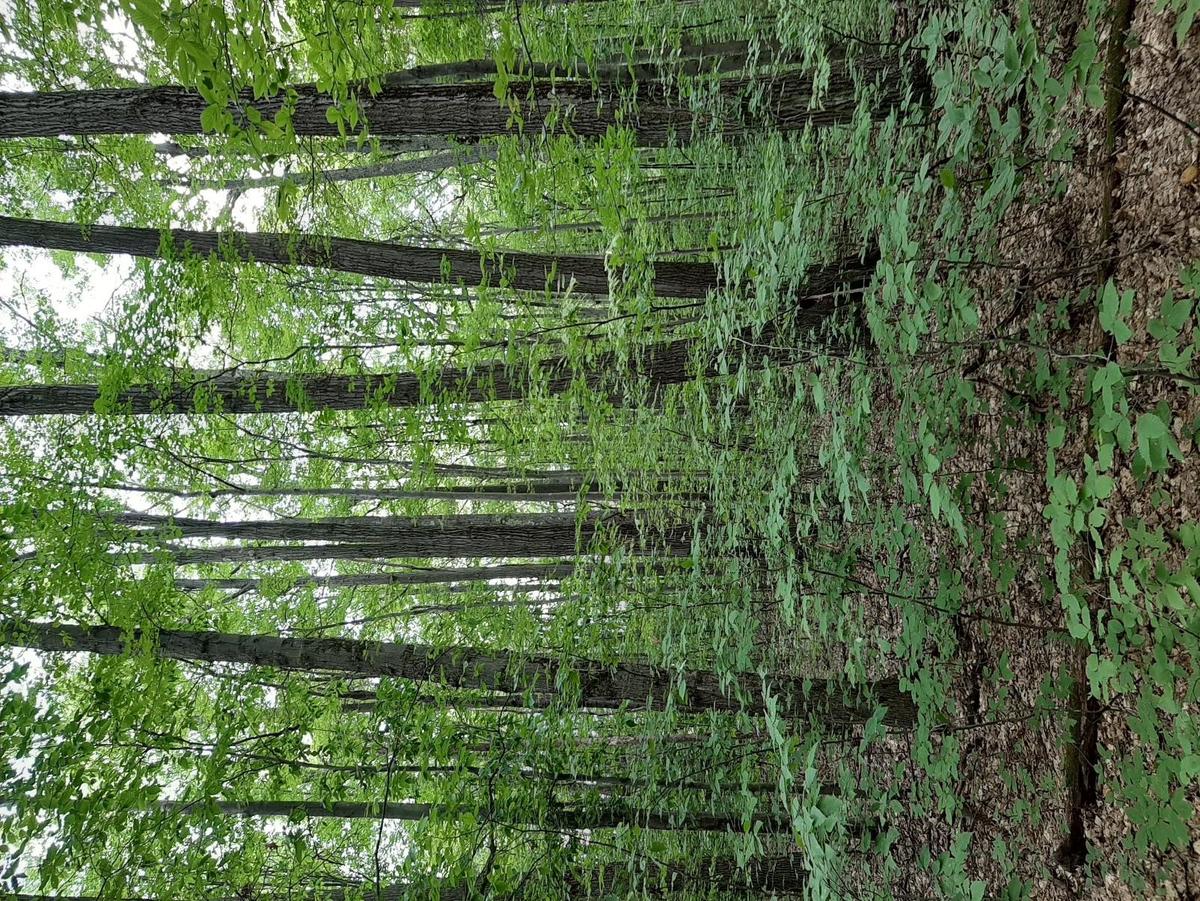Overview
A site has been identified in the Cadillac/Manistee Ranger District as an excellent candidate for construction of a slash wall to exclude deer and promote desired tree regeneration. Slash walls were pioneered at Cornell University as a cost-effective means of reducing deer herbivory and currently Michigan State University is interested in studying slash walls in Michigan forests. Deer browsing has been suspected as a significant contributing factor to limited regeneration of northern red oak and eastern hemlock on the Forest.
Compartment 28 Stand 72 (Stand 28/72) has both northern red oak and eastern hemlock in the overstory, yet advanced regeneration is dominated by American beech and ironwood. In addition, adjacent forest management actions over the last 25 years aimed to regenerate oak and hemlock have instead resulted in regeneration dominated by American beech and ironwood.
The proposal is to implement construction of a slash wall via a shelterwood with reserves regeneration harvest. Removal of a portion of the sawtimber-sized trees will offset the cost of wall construction. Reserve trees would include northern red oak and eastern hemlock at approximately 20-40 ft2/ac basal area. Activities would occur during the snow-free period (ideally early fall) to help scarify the seed bed and damage/kill existing advanced regeneration. Advanced regeneration would also be treated mechanically during or post-harvest. All sub-merchantable sized material, cull material, and top-wood material would be used to construct a slash wall that is 20 feet wide, 10 feet tall, and sufficiently dense to exclude deer. Stand boundaries would be modified slightly to improve slash wall construction efficiency. The site is also adjacent to a planned aspen regeneration harvest that could be a potential source for additional wall material if needed. Implementation is expected during or after 2024.
Silviculture Objectives
The short term objectives for this project are to create conditions favorable for desirable regeneration of northern red oak and eastern hemlock as well as install a slash wall via a stewardship project. Long term objectives include:
Establish a new cohort of desired northern red oak, eastern hemlock, and mixed northern hardwoods.
Evaluate the slashwall for cost-effectiveness and exclusion of deer and associated herbivory, as well as assessing the natural regeneration success of desired species.
Improve age class, species composition, and habitat distribution within the stand and local landscape.
Desired Condition: Forest Plan direction for MA 2.1: Management activities provide high volumes of quality hardwood timber products and firewood with special consideration for enhancing wildlife habitats. Emphasis is given to managing grouse, deer and wildlife emphasis areas and fish habitat. A broad variety of recreational opportunities is available and visual diversity is high.
Stand Condition: Fully stocked, two-aged, two-storied stand of northern red oak, eastern hemlock, and mixed northern hardwoods
Pre-treatment stand description and condition
Stand establishment and management history
This stand has not been managed since its establishment, however adjacent stands surrounding this stand have been previously managed (see Figures 2 and 3).
Pre-treatment species composition
The following are relevant attributes of Stand 28/72:
Stand Size | 10 acres |
Stand Age | 105 years |
Overstory Species Composition | Northern Red Oak, Eastern Hemlock, American Beech, Sugar Maple, Red Maple, Bigtooth Aspen, White Pine |
Mid/Understory Species Composition | American Beech, Ironwood |
Ecological Land Type Phase | 43 |
Access | FSR 7570 |
Topography | Rolling terrain with short slopes <20% |
Past Management | None |
Table 1: Stand characteristics for the treatment area.
STAND INFORMATION | ||||||||||||
Comp (s) | Stand (s) | Acres | MA | ELTP | Cover Type | LSC | Year of Origin | Size Density (size class/stocking of the stand) | SI | DBH | BA | % Slope |
28 | 72 | 10 | 2.1G | 43,41 | 55/Northern Red Oak | 500 | 1915 | 9 (sawtimber that is 70% + stocking) | 70 | 10.6 | 139 | 0-15+ |
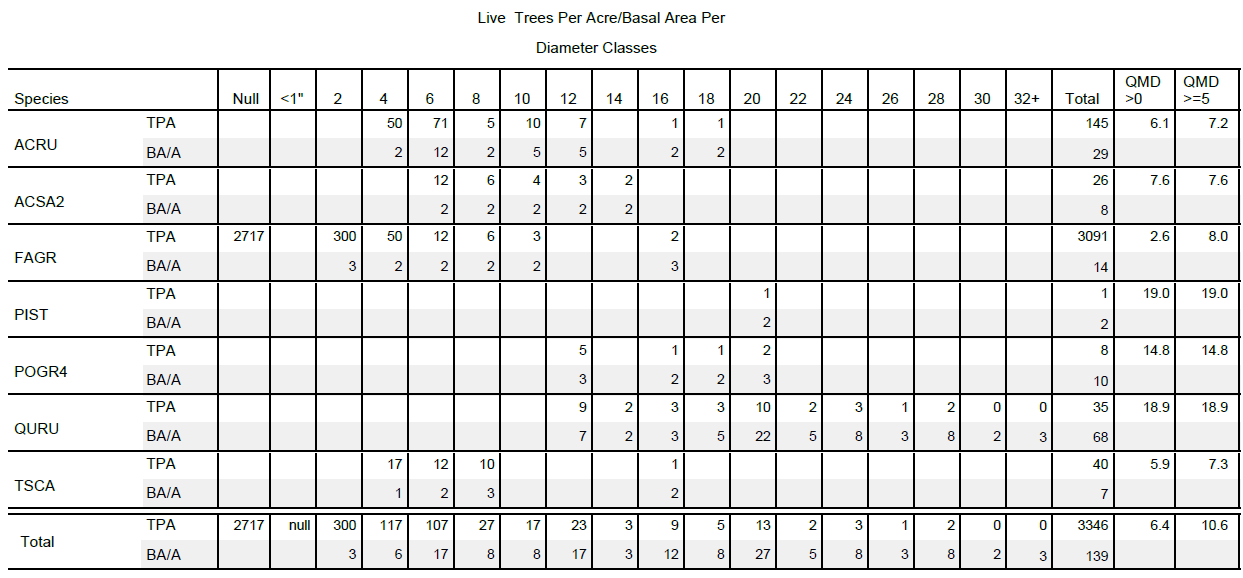
Figure 1: Stocking table for the treatment area.
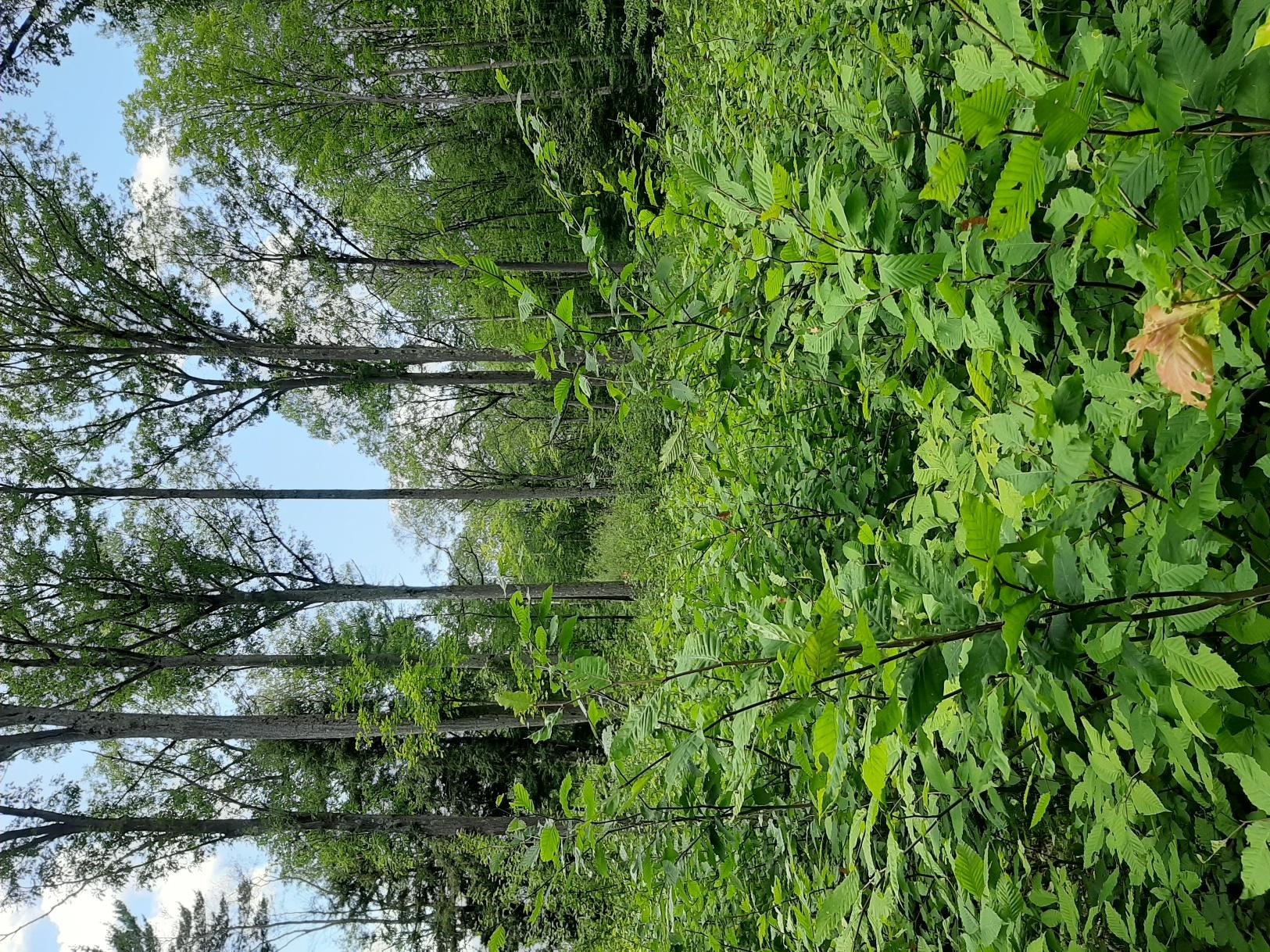
Figure 2: Adjacent Stand 28/29 where shelterwood establishment (1995) resulted in beech/ironwood
Pre-treatment forest health issues
Oak decline is an issue in adjacent stands, but not an issue in the current stand. Spongy moth has defoliated the stand at least twice, peaking in 2021/2022. In the long term, hemlock health will be a consideration due to the relatively close proximity of hemlock wooly adelgid (HWA). So far, its been found in the southwest portion of the ranger district about 30 miles away from the current stand.
Silviculture prescription
A slash wall 10 feet tall and 20 feet wide is to be constructed around the 10 acre stand to prevent deer browse of red oak and hemlock to promote regeneration in the stand. In order to accomplish this all merchantable timber in the stand is to be harvested and sold while retaining 40 sq ft/acre of red oak, hemlock, and yellow birch throughout the stand. All sub-merchantable timber is to be cut down and used with the slash from harvest in the construction of the slashwall. No trees will be retained within 33 feet of the stand boundary as that will be a high traffic area during the construction of the slash wall and reduces the likelihood of accidental damage from equipment and machinery.
Additionally, all snags will be retained in order to protect bird habitat and the cutting of all trees with a DBH greater than 3” will be done between May 1st and August 31st in order to protect roosting bats. All harvest activities will avoid any wildlife management openings. Harvest will be conducted during the snow-free season to scarify the seed bed and help eliminate undesired regeneration. In an effort to reduce the impacts of oak wilt, activities would not occur from April 15 to July 15 where oak trees greater than 2” diameter at breast height may be wounded or cut through management activities.
Regeneration post-slashwall construction will be monitored through stocking surveys that will occur following site preparation. These surveys will continue to be conducted as necessary until they can certify that the stand is properly stocked. Following establishment, which is estimated to be between 3-5 years, there will be a release treatment to move any beech, ironwood, or other undesirable species that may be competing with the hemlock, red oak, and yellow birch.
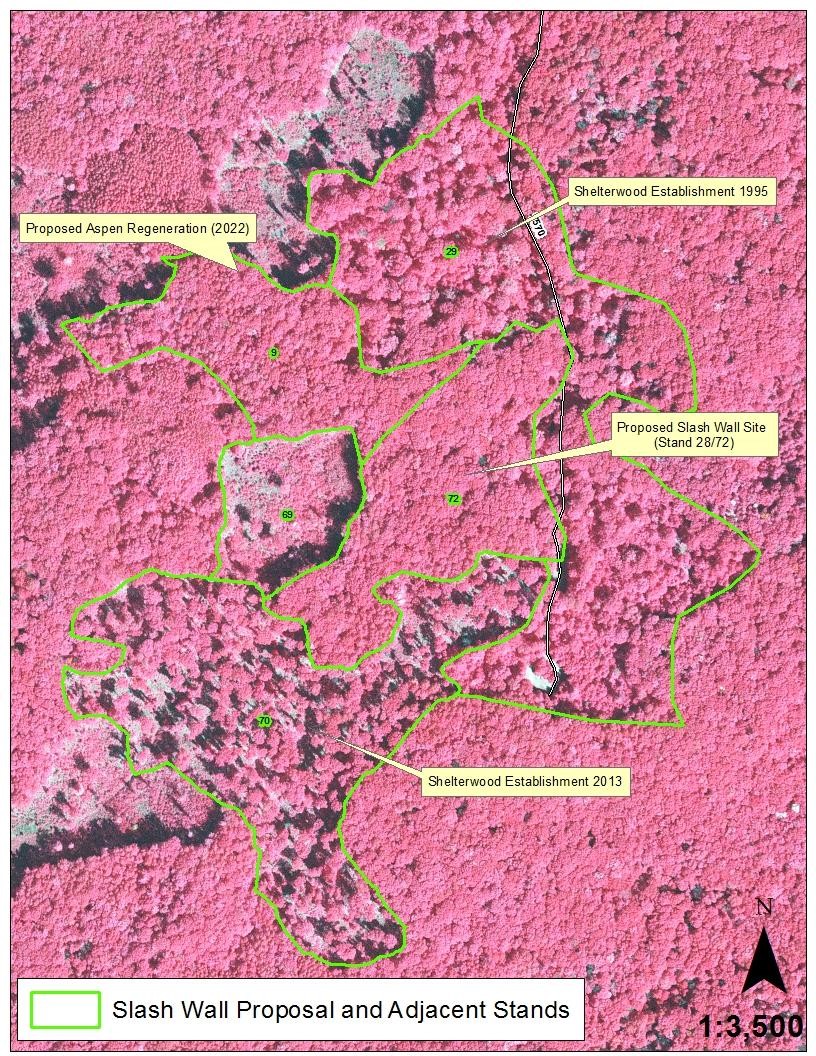
Figure 3: Map of the area and proposed treatment in stand 28/72. Note stand 28/29 shown in Figure 2 above.
What actually happened during the treatment
The treatment has not been implemented at time of publishing; an update for this case study is projected to occur in October of 2024.
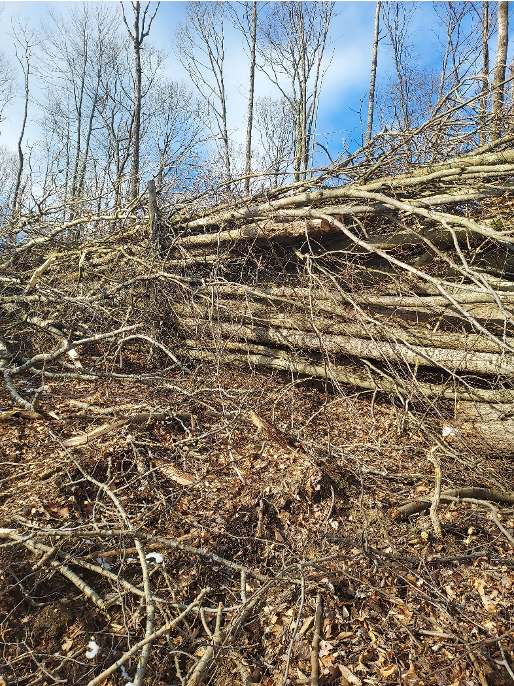
Figure 4: Example slash wall constructed on an unrelated stand.
Post-treatment assessment
Once the treatment is implemented, the following assessments will be conducted:
Monitor natural regeneration success through stocking surveys beginning after site preparation.
Conduct multiple exams as required/needed to certify that unit is stocked
Minimum Stocking Required for National Forest Management Act (NFMA): Full stocking of oak/hemlock at 700 TPA. Minimum acceptable stocking is 60% or 400 TPA of desirable species
Monitor the efficacy of the slashwall at excluding deer by installing game cameras and conducting track surveys.
Plans for future treatments
There are no plans to remove the overwood in this stand with regards to the shelterwood system. This will leave both oak and hemlock trees in the overstory. Timber stand improvements are expected to be scheduled within 5-10 years. This will include the release of desired species and stump thinning.
Costs and economic considerations
This is, in part, a demonstration project to assess the feasibility and effectiveness of slash walls to control deer herbivory and establish desired tree regeneration at one location in Michigan. Although this represents only one data point and one period in time, slash wall construction costs exceed initial estimates, suggesting that slash walls may not be locally economically viable and may be more costly than other options. Local/updated costs were not calculated for alternative approaches such as individual tree protection or area fencing. Factors contributing to the increased cost may include the fact that this is a locally novel technique, the size/shape of this slash wall, presence of a local pulp market and other timber market factors at the time of offer, local equipment availability, the opportunity costs of wall construction vs product on logging, current inflation, recent workforce/market increases (Cornell data circa 2017-2019), Forest Service stewardship contract bidding design, etc. Monitoring will track actual construction times and effectiveness of deer exclusion and tree regeneration.
Climate adaptation considerations
Climate adaptation is a consideration underlying all of the management practices as this project focuses on diversifying the age class of oaks across the landscape to promote resilience. With the projection of increased deer herbivory in the light of climate change as well as the potential for lower snowpack, the slash wall will be an important tool for protection. Overall, there is a positive potential for oak communities in northern Michigan associated with climate change. Oak dominated forests are relatively drought tolerant and increased drought stress might reduce competition from other species. Oak dominated forests may increase in abundance and range in light of warmer/drier conditions and more frequent fire. This may represent a novel management opportunity for some land owners.
Other notes
This site is a really ideal location for this type of project. As mentioned in the stand establishment and stand history section, an adjacent Stand (28/29) received a shelterwood harvest in 1995 to regenerate oak. In 2010, a survey indicated this resulted in beech/ironwood regeneration instead. This gives a good example of what happened in the past and what could happen in the future without considering deer herbivory in additional management planning. As a result, this proposed 10 acre project is incorporating a slashwall as a deer exclusion alongside a shelterwood harvest in order to successfully regenerate oak for the future of the stand.
Summary
This project provides a novel approach to using a slashwall and could represent a novel management opportunity for some land owners. Additionally, this project can be a great learning opportunity from an economic perspective. In the future, additional consideration of timing for bids and sales will need to be carefully considered for projects.
